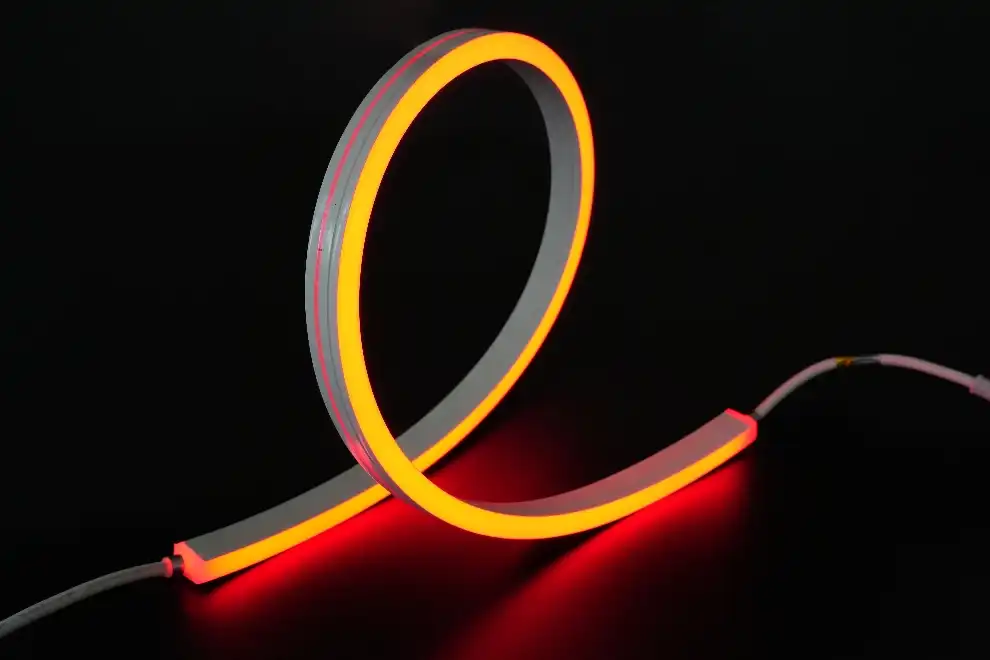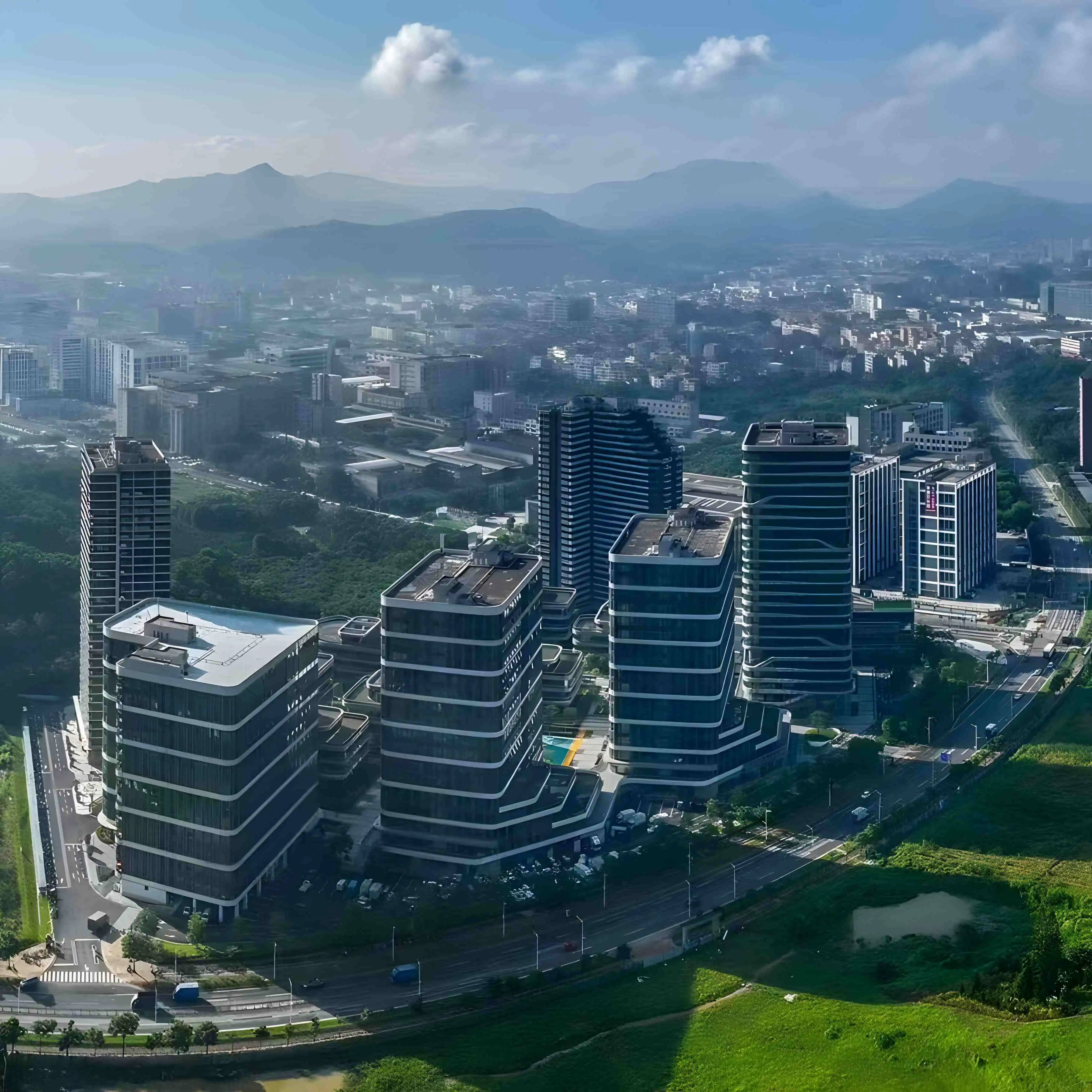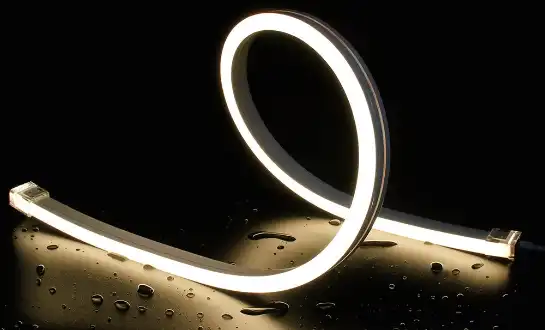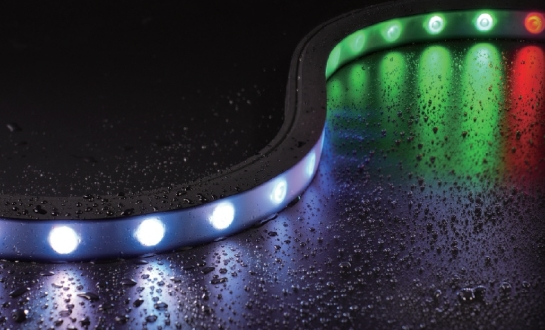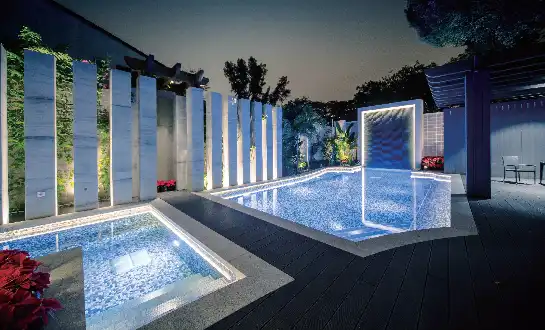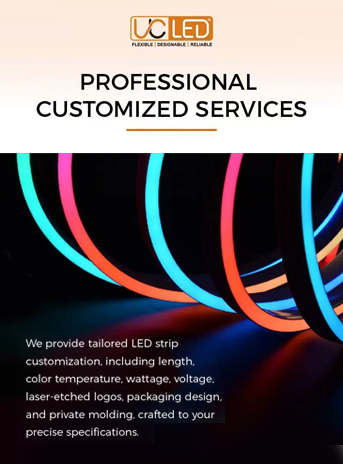Design and Planning: The Foundation of Custom Flexible Neon Tube Lighting
The journey of creating custom flexible neon tube lighting begins with a crucial phase: design and planning. This stage sets the foundation for the entire project, ensuring that the final product not only meets but exceeds client expectations.
Client Consultation and Concept Development
The process kicks off with an in-depth consultation with the client. During this phase, lighting designers and engineers work closely with clients to understand their vision, requirements, and the specific application of the flexible neon tube lighting. This collaborative approach allows for a thorough exploration of ideas, considering factors such as:
- Desired aesthetic and visual impact
- Color schemes and lighting effects
- Installation environment (indoor/outdoor, architectural features)
- Energy efficiency goals
- Budget constraints
Technical Specifications and Material Selection
Once the concept is approved, the team delves into the technical aspects of the project. This involves:
- Determining the exact dimensions and curvatures required
- Selecting the appropriate LED type and density
- Choosing the optimal flexible tubing material (usually silicone for its durability and flexibility)
- Calculating power requirements and designing the electrical system
- Considering mounting options and installation methods
Material selection is particularly crucial in this phase. The choice of LEDs impacts color accuracy, brightness, and energy efficiency, while the quality of the silicone tubing affects the longevity and weather resistance of the final product. High-quality materials ensure that the flexible neon tube lighting can withstand various environmental conditions while maintaining its visual appeal.
Prototyping and Approval
Before moving to full-scale production, a prototype is often created. This allows for:
- Physical validation of the design
- Testing of light output and color accuracy
- Verification of flexibility and installation ease
- Client review and final approval
The prototype phase is invaluable as it provides an opportunity to make any necessary adjustments before committing to large-scale production. It ensures that the final product will meet all specified requirements and perform as expected in its intended environment.
Manufacturing Process: Bringing Flexible Neon Tube Lighting to Life
Once the design is finalized and approved, the manufacturing process begins. This phase is where the concept transforms into a tangible product, combining precision engineering with advanced production techniques.
LED Strip Preparation
The core of flexible neon tube lighting is the LED strip. The manufacturing process starts with:
- Selecting high-quality LED chips that meet the specified color temperature and brightness requirements
- Precision mounting of LEDs onto a flexible PCB (Printed Circuit Board)
- Soldering connections to ensure reliable electrical contact
- Initial testing of the LED strip for uniformity and functionality
The density of LEDs on the strip is carefully calculated to achieve the desired luminosity while maintaining energy efficiency. This balance is crucial for creating a neon-like glow that's both vibrant and economical to operate.
Silicone Extrusion and Encapsulation
The next critical step is encasing the LED strip in flexible silicone tubing. This process involves:
- Preparing the silicone mixture, often with added UV stabilizers for outdoor applications
- Extruding the silicone into the desired shape using specialized machinery
- Carefully inserting the LED strip into the silicone tubing
- Sealing the tubing to create a waterproof enclosure
The silicone extrusion process requires precise control of temperature and pressure to achieve the perfect consistency. This ensures that the tubing is flexible enough to bend into various shapes while still providing robust protection for the LEDs inside.
Cutting and Connections
After the encapsulation process:
- The flexible neon tube is cut to the specified lengths
- End caps are attached to seal the ends and provide connection points
- Power connectors and controllers are installed as per the design specifications
For complex designs, multiple sections may need to be joined together. This requires skilled technicians to ensure seamless connections that maintain both the aesthetic appeal and functional integrity of the lighting.
Quality Control and Testing
Throughout the manufacturing process, rigorous quality control measures are implemented:
- Visual inspections to check for any defects in the silicone tubing
- Electrical testing to verify proper functioning of all LEDs
- Brightness and color consistency checks
- Waterproof testing for outdoor-rated products
- Flexibility and durability tests to ensure the product meets specified standards
Each piece of flexible neon tube lighting undergoes a final comprehensive test before being cleared for packaging and shipping. This meticulous attention to quality ensures that every product leaving the factory meets the highest standards of performance and reliability.
Installation and Maintenance: Ensuring Longevity of Flexible Neon Tube Lighting
The final stage in the journey of custom flexible neon tube lighting is its installation and ongoing maintenance. This phase is crucial for ensuring that the lighting solution performs optimally and remains a stunning visual element for years to come.
Professional Installation
While flexible neon tube lighting is designed for ease of installation, professional installation is often recommended, especially for complex or large-scale projects. The installation process typically involves:
- Site preparation, including cleaning and assessing the mounting surface
- Precise measurement and marking to ensure accurate placement
- Secure mounting using appropriate fixtures or adhesives
- Connecting to power sources and control systems
- Programming of any dynamic lighting effects or schedules
Professional installers are trained to handle the flexible nature of the product, ensuring it's mounted without kinks or excessive bending that could damage the internal LEDs. They also ensure that all electrical connections are safe and compliant with local regulations.
Testing and Calibration
Once installed, the lighting system undergoes a series of tests:
- Functionality checks of all sections
- Color and brightness calibration to ensure uniformity across the installation
- Testing of any integrated control systems or smart features
- Verification of weather sealing for outdoor installations
This on-site testing is crucial for identifying and addressing any issues that may have arisen during shipping or installation, ensuring the lighting performs exactly as designed.
Maintenance and Care
To preserve the beauty and functionality of flexible neon tube lighting, regular maintenance is essential:
- Periodic cleaning to remove dust and debris
- Inspection of seals and connections, especially for outdoor installations
- Checking for any signs of wear or damage to the silicone tubing
- Monitoring of power consumption and LED performance
- Updating control software if applicable
Many manufacturers offer maintenance guidelines and schedules to help users keep their lighting in top condition. Some even provide remote monitoring services for large-scale installations, allowing for proactive maintenance and quick resolution of any issues.
Longevity and Sustainability
One of the key advantages of high-quality flexible neon tube lighting is its longevity. With proper care:
- LED lifespans can exceed 50,000 hours of operation
- The durable silicone tubing resists UV degradation and weathering
- Energy-efficient designs contribute to lower operational costs over time
This long lifespan not only provides excellent value for the investment but also contributes to sustainability by reducing the need for frequent replacements. Many manufacturers also offer recycling programs for LED products, further enhancing their eco-friendly profile.
Conclusion
The process of creating custom flexible neon tube lighting is a journey that blends artistic vision with technical precision. From the initial design consultations to the final installation and ongoing maintenance, each step is crucial in delivering a lighting solution that is not just visually stunning but also durable and efficient. As technology continues to evolve, we can expect even more innovative applications of flexible neon tube lighting, pushing the boundaries of what's possible in architectural and decorative lighting. Whether illuminating a sleek modern interior or bringing a building façade to life, custom flexible neon tube lighting stands as a testament to the marriage of art and technology in the world of illumination.
FAQ
How long does custom flexible neon tube lighting typically last?
With proper installation and maintenance, high-quality flexible neon tube lighting can last over 50,000 hours, which is approximately 5.7 years of continuous use.
Can flexible neon tube lighting be used outdoors?
Yes, many flexible neon tube lighting products are designed for outdoor use, with weatherproof encapsulation and UV-resistant materials.
Is flexible neon tube lighting energy-efficient?
Yes, LED-based flexible neon tube lighting is highly energy-efficient compared to traditional neon, consuming significantly less power while providing similar or superior brightness.
Custom Flexible Neon Tube Lighting Solutions | QUAN HE
QUAN HE Lighting Co., Ltd., established in 2015, is a leading manufacturer of premium linear lighting products, including custom flexible neon tube lighting. With our state-of-the-art 5,000m² factory, advanced SMT assembly lines, and expert R&D team, we deliver innovative, high-quality lighting solutions tailored to your specific needs. Trust our ISO-certified processes and comprehensive OEM/ODM services to bring your lighting visions to life. For inquiries, contact Linda@uc-led.com.
References
1. Smith, J. (2022). "Advancements in Flexible LED Technology for Architectural Lighting". Journal of Architectural Illumination, 45(3), 112-125.
2. Johnson, M. & Lee, K. (2021). "Custom Lighting Solutions: From Concept to Installation". Lighting Design Quarterly, 18(2), 78-92.
3. Brown, R. (2023). "Energy Efficiency in Modern Lighting Systems: A Comparative Study". Sustainable Building Technologies, 7(1), 45-60.
4. Chen, L. et al. (2022). "Durability and Performance of Silicone-Encapsulated LED Strips in Outdoor Applications". Materials Science in Semiconductor Processing, 134, 106033.
5. Wilson, T. (2021). "The Art and Science of Custom Lighting Design". Illuminating Engineering Society Annual Conference Proceedings, 210-225.
